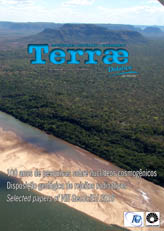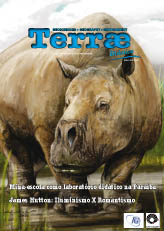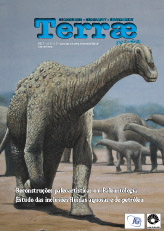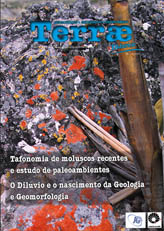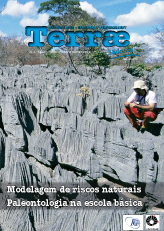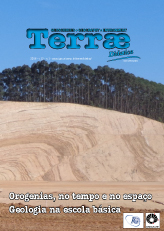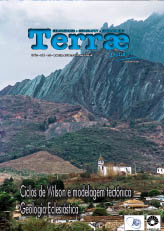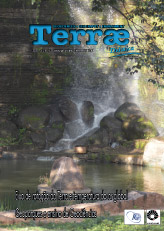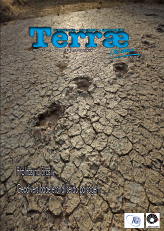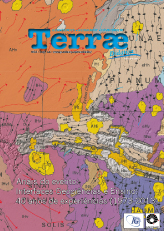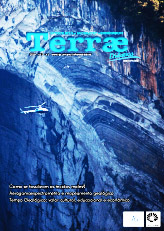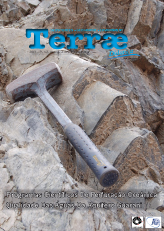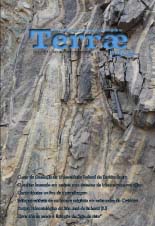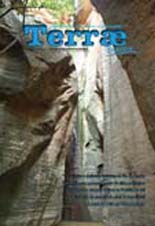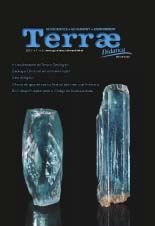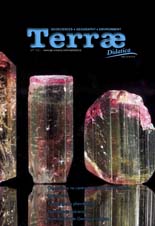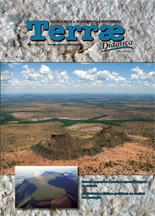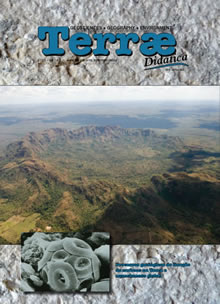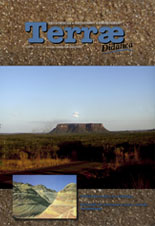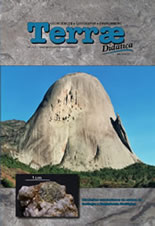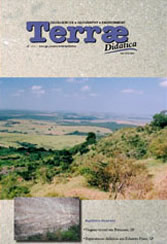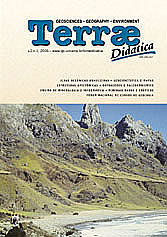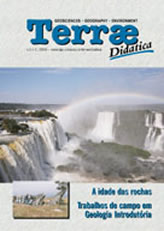Campinas-Brasil
ISSN 1980-4407

 ___________________
___________________ __
__
Volume 14, n2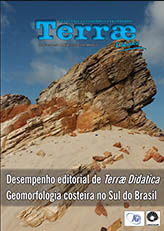
Volume 14, n1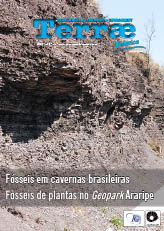
Volume 12, n3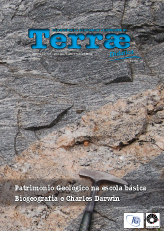
Volume 10, n2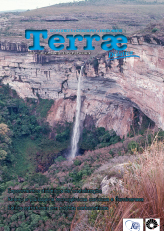
Volume 8, n2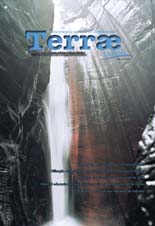
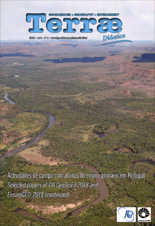
Three-dimensional physical models of sedimentary basins
as a resource
for teaching-learning of geology
Celso Dal Ré Carneiro
Geosciences Institute, University of Campinas, Graduate Program
of Teaching and History of Earth Sciences, Campinas, SP, Brazil.
CNPq Grant.
cedrec@ige.unicamp.br
Kauan Martins dos Santos
Geosciences Institute, University of Campinas, undergraduate student
of Geology. Campinas, SP.
kauanm07@gmail.com
Thiago Rivaben Lopes
Geosciences Institute, University of Campinas, undergraduate student
of Geology. Campinas, SP.
thiago.rivaben@gmail.com
Filipe Constantino dos Santos
Geosciences Institute, University of Campinas, undergraduate student
of Geology. Campinas, SP.
filipe-constantino@hotmail.com
Jorge Vicente Lopes da Silva
Renato Archer Information Technology Center (ITC). Campinas, SP.
jorge.silva@cti.gov.br
Ana Lucia Nogueira de Camargo Harris
Faculty of Civil Engineering and Architecture, University of Campinas, Campinas, SP.
luharris2016@gmail.com
Abstract: Three-dimensional modeling connects several fields of knowledge, both basic and applied. 3D models are relevant in educational research because the manipulation of 3D objects favors the acquisition of spatial vision by the students, but there are few didactic publications in Portuguese on the subject for Geosciences. The authors are developing an educational research project to produce three-dimensional models of didactic examples of sedimentary basins: the Paraná Basin (Silurian-Upper Cretaceous), the Taubaté and the São Paulo basins (Neogene). 3D-compatible files will be produced to compose didactic and display material, from maps and geological-structural profiles of certain regional stratigraphic levels of each basin. The research challenges are: (a) to obtain an overview of the available resources for 3D modeling; (b) to evaluate their potential, characteristics, advantages and limitations for application in Geology and Geosciences; (c) to create computational models of the basins; (d) to produce at least one physical model based on one of the computational models of each basin. The resources will subsidize training workshops for in-service teachers, technical-scientific articles and Internet pages.
Keywords: Teaching-learning, 3D models, sedimentary basins, Geology, Geosciences, science popularization.
DOI: 10.20396/td.v14i4.8654098
Copyright © 2005-2007 - Instituto de Geociências - Universidade Estadual de Campinas - UNICAMP - Brasil - Todos os direitos reservados -
Desenvolvimento: ![]()
